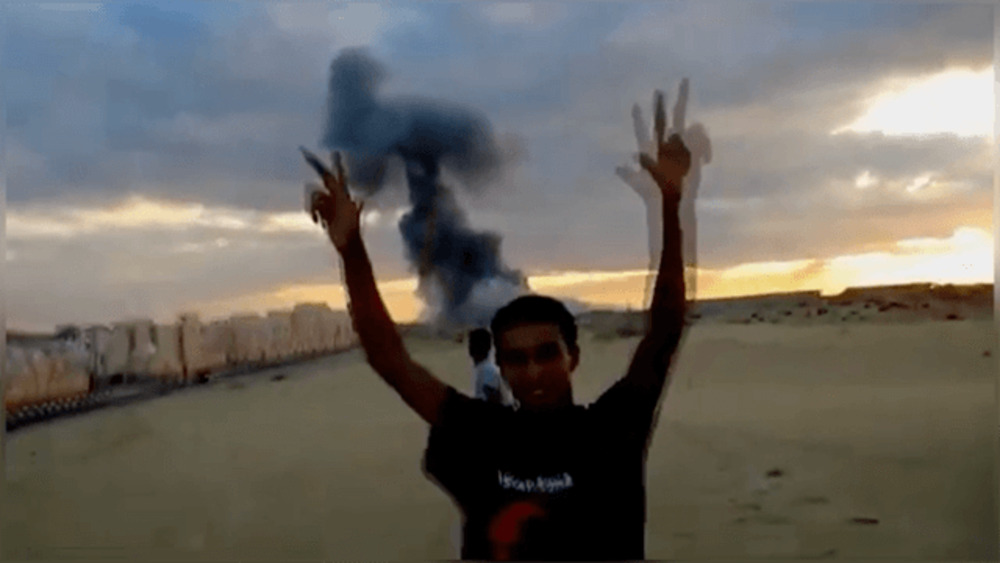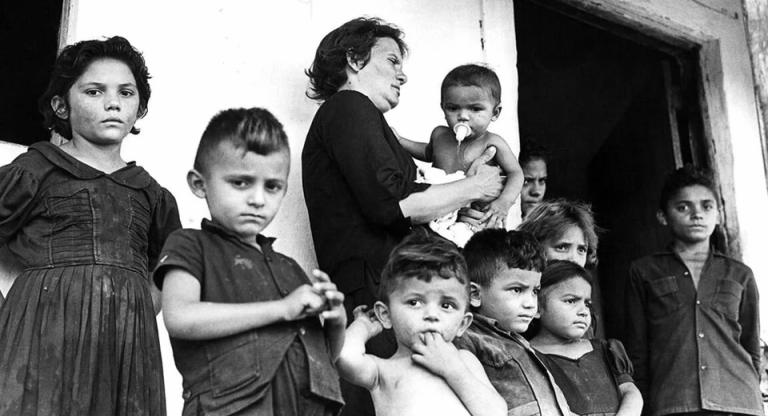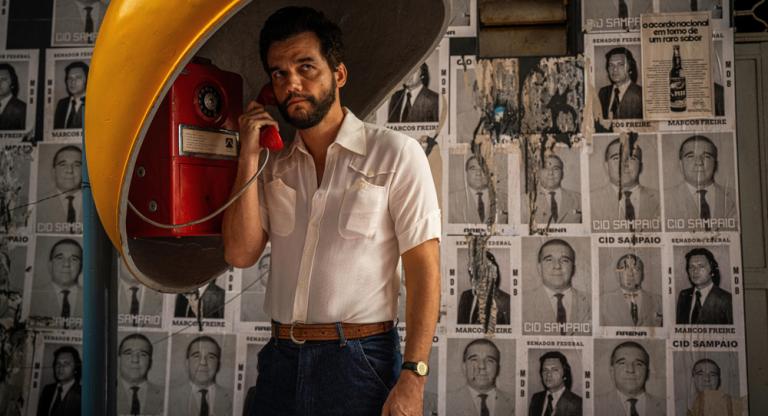In 2021, Sage Ó Tuama and Saint Piñero began collaborating on Film Diary NYC, whose programming includes an annual festival featuring diary films, personal documentaries, and home movies. “We learned that in order to create something new, you have to be somewhere new—outside of the establishment’s shadow,” Piñero says. Opening space for experimentation and creating community for filmmakers to share their most personal work are central to the Film Diary curatorial practice. “Diary filmmaking is the most accessible form of filmmaking,” Piñero says, “and people from marginalized communities have the most important things to say. A lot of people as they take videos on their phones don’t even realize they’re making diary films.” Their collaboration enacts the entrepreneurial and creative values of the films they screen, giving a platform for artists to develop work that is otherwise ignored by the broader culture industry. “The truest art can come when we’re farther away from the money,” Ó Tuama says, “There’s a rich history of diary filmmaking in New York’s artist communities. It felt like there was a void in this space.”
This third iteration of the festival, entitled “Coldest Winter,” features 190 films screened over the course of a week, not only in New York but also at satellite screenings in San Francisco, Winnipeg, London, Buenos Aires, Lahore, Melbourne, Milwaukee, Santa Fe, and in Tehran, Iran, where RooBeRoo Mansion will host three screenings and a panel. O’Touma and Piñero were involved in the rebuilding of Millennium Film Workshop, which was evicted from its longtime home in the East Village in 2013. For nine years, the organization was itinerant until, under the direction of Joe Wakeman, it secured a new location in Bushwick in June 2022. Ó Tuama and Piñero helped revive the space and became part of the programming committee. Millennium will host most of the New York screenings.
Diary films represent divulgences of privileged information, though the impetus for making often seems to begin and end with the artist, the eventual audience rendered incidental. Thus, intimacy is not only a subject, but integral to the creative process between filmmakers and their questions, both everyday and deeply probing. The themes that emerge from the festival include recent or ongoing experiences of loss and displacement, grappling with and documenting state violence and racism and the ways such violence is represented in the media, exploring family histories through archives, friendship, and pleasure. Film Diary brings together various tendencies of overtly personal work: Kelee W. Hall’s A La Prochaine (U.S.A.) undergoes a deep tonal shift,, taking the viewer from meandering street views to warmly-lit erotic close-ups in the domestic space. Kearra Amaya Gopee delivers a spin-off of the diary in Ca(r)milla (U.S.A.), featuring their own voice and their own mother as an actress. Allen-Golder Carpenter and Dana Dawud’s use internet footage in Black Internet (U.S.A.) and Palcorecore (Palestine), respectively, to tell stories routinely ignored or censored in Western commercial media.
The festival opens with Alex Lo’s Why Do Ants Go Back to Their Nest? (Canada), in which Lo gives a retrospective view of his life that goes far beyond the anecdotal. A jarring, glitching or stuttering voiceover greets us over a loud symphony orchestra:“You can hear it, you can feel it in Times Square, people are ready for 2022!” On New Year's Eve, listening from Toronto on the subway, Lo sits alone, dressed in a brand-name work jacket, carrying a shovel, a large DHL package, and a stack of Chinese-language newspapers. Ants is one of the only films in the series with a fictional element: Lo plans to dig a hole from Toronto to Hong Kong, where his family lives. The alternately sweet and startling video makes use of the forceful, almost fearsome, blasting of The Peter Brötzmann Octet’s “Machine Gun” series, featuring a tenor saxophone frontline building on a continuous crescendo.. While Lo deals with the bleak winter skies of Toronto above anonymous streets, animated by his reflections, deepest fears, and personal history, the camera is restless, constantly in motion. Lo’s angst is especially apparent when the image becomes more abstract. He films his friends posing for portraits but sees them as “landscapes,” moving the film along in fits and starts, a temporal disorder that reflects his interiority. The film’s eruptive force, broken gestures, and visceral emotion operate as kinetic defiance of time as usual. It is as if Lo’s camera is trying to make his surroundings follow the pace of his own internal clock. “When I arrived in Hong Kong three years later, I was late,” he shares. “Everything had changed.”
Jard Lerebours's People I Love (U.S.A.) exemplifies the home-video approach of much of the other work in the festival. It documents the relationship culture of the author’s friends in New York, sometimes meeting their new lovers for the first time with a camcorder in hand. Though Lerebours is out of the frame when his voice interjects, he is the intermediary to all these figures sharing everyday affection. Cropped, close-up profile shots take the viewer very close to his friends, as if the tiniest facts of their relationships could be found in the gesture of a stuck-out tongue, or one lover grabbing another’s face for a kiss. We accompany Lerebours, the third wheel, as his friends wander—outside to smoke, to a streetwear store in Soho, around their kitchens, trying to find a bar, on the late-night elevator ride up to their apartment. The subject of the work is timeless, although his friends’ jewelry, graphic t-shirts, and snapbacks anchor the film in distinctly modern youth aesthetics. There are allusions to How To with John Wilson, a notable recent success in the diary form; Lerebours’s film is likewise aesthetically and thematically in thrall to poetics and self-reflection: “I’m gonna break the fourth wall a bit,” he says, “I don’t really believe in love. I have a lot of friends, people I love, but . . . it’s scary to me.” People I Love is not only a study of his close friends and their romantic lives, but also his own more ambivalent relationship to romance. The declaration is aimed at young people in New York, where “dating life is hard,” and at himself, who knows he can find love in what really lasts: platonic relationships.
Palcorecore (Palestine) by Dana Dawud is a chilling, mesmerizing series of dances and repurposed archival footage that circulated on the internet in and around Palestine. It begins with a performance clip of The Lovers Songs Band and includes material from Jenin, Jenin (2003), which has been banned in Israel. A rejoinder to Serge Daney’s statement that “there’s no image of Palestine,” the film announces itself with short spurts of video that splice the distant past and unfolding present into a single reel: a lone horseback-rider, nearly standing up, holding a Palestinian flag; stills of a family at leisure on the beach; teenagers dancing on a burning field; a group of boys doing backflips off a damaged building; women confronting soldiers; people throwing stones at military vehicles. The deadpan narration borders on provocation: “I witness you witness me, we are martyrs together,” Dawud draws the viewer into the film. Dawud induces aesthetic disorder to register the realities of Palestinian life, paying particular attention to women, youth, movement, leisure, and resistance to occupation.
Film Diary III: Coldest Winter runs January 20–27 in New York. Tonight’s opening program will be screened at Spectacle Theater. The San Francisco satellite screening will take place on February 2 at Artists' Television Access.



